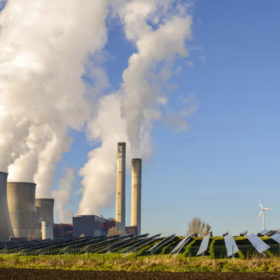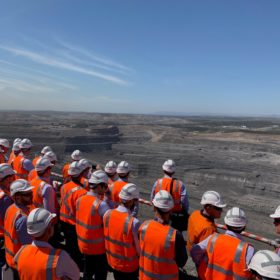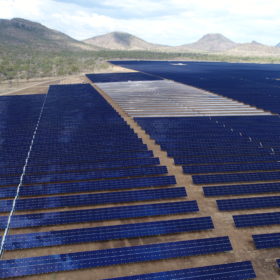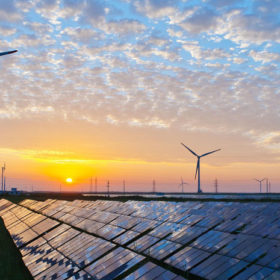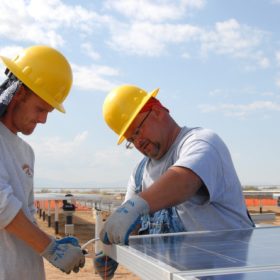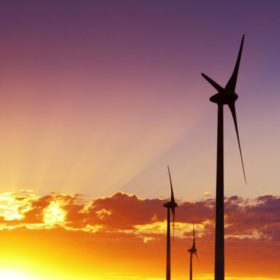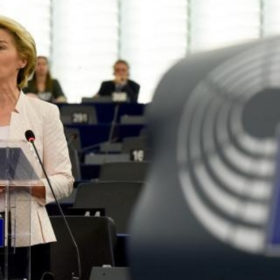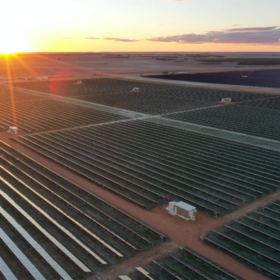Australia and Japan agree to hydrogen future
Australian and Japanese trade ministers met in Melbourne last week to sign a joint statement of cooperation. The agreement and collaboration between the two nations hopes to affirm Australia’s potential as a major exporter of hydrogen, with Japan as a key recipient.
‘China will add 35-38 GW of solar this year’
Power generation statistics released by the National Energy Administration appear to confirm the nation added 12 GW of solar last month. China also deployed another 41 GW of polluting coal-fired power plants last year.
IEEFA update: Capital flight from thermal coal is accelerating
Behind Blackrock’s grand exit from coal: Global capital flight from thermal coal and the coal-fired power sector is already at a canter in 2020.
Australia poised for record large-scale PV rollout in 2020
Australia’s utility-scale renewable energy sector is set for a record year with 3.6 GW of projects expected to complete commissioning in 2020, Rystad Energy finds. This comprises 1.96 GW in utility PV projects and 1.57 GW in wind developments, with the remaining 0.1 GW coming from batteries.
Investment in Australian renewables sank in 2019
Investment in Australian renewable energy capacity fell 40% in 2019 down from record-breaking levels seen in the year before, according to Bloomberg New Energy Finance (BNEF). Spending on large-scale renewables dropped dramatically due to network woes and long-term policy uncertainty but was ameliorated by the rooftop solar segment’s record growth.
New government office to develop large-scale critical minerals industry
The Australian government has opened the Critical Minerals Facilitation Office as it looks to develop a large-scale critical mineral industry to stably supply the world the critical minerals needed for batteries, solar panels, and smartphones.
A clean energy world would support millions of new jobs
A study from Finland’s Lappeenranta University of Technology has predicted solar and other renewables can provide a global energy jobs revolution – just as four European operations revealed recent struggles.
Australia’s carbon emissions drop for the first time as renewables weigh in
Australia has seen the first decline in annual emissions since 2015 thanks to record levels of renewable energy but if continued at the present rate the 2030 Paris target would be met some 68 years after the deadline, according to Ndevr Environmental.
Solar park taking shape along 40 km of road in the Netherlands
The Dutch water management agency plans to install solar panels along both sides of the A37 highway in Drenthe province, as well as on the median strip, to cover 300 hectares in total. The project is part of a plan to build projects on state land, as the domestic PV industry continues to search for alternative surfaces on which to deploy solar.
European Commission announces €1tn Green Deal ambition
President Ursula von der Leyen has outlined plans to fund her Green Deal with a mix of EU, member state and private sector contributions. Now it is over to individual nations and the European Parliament.

